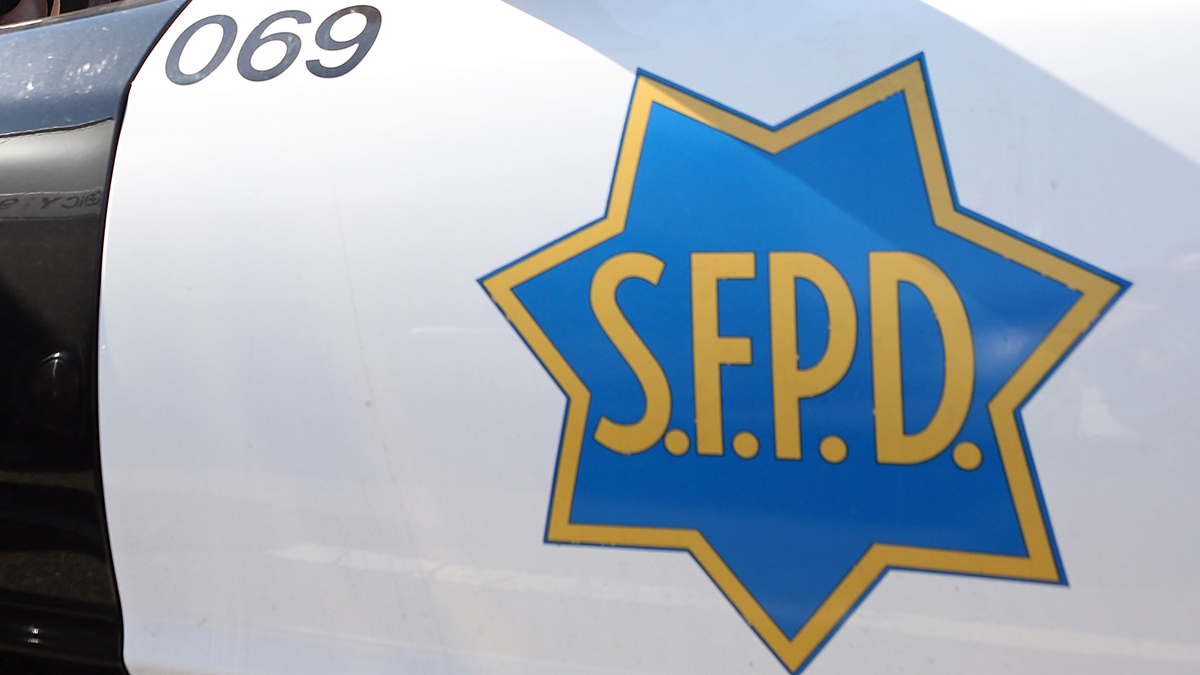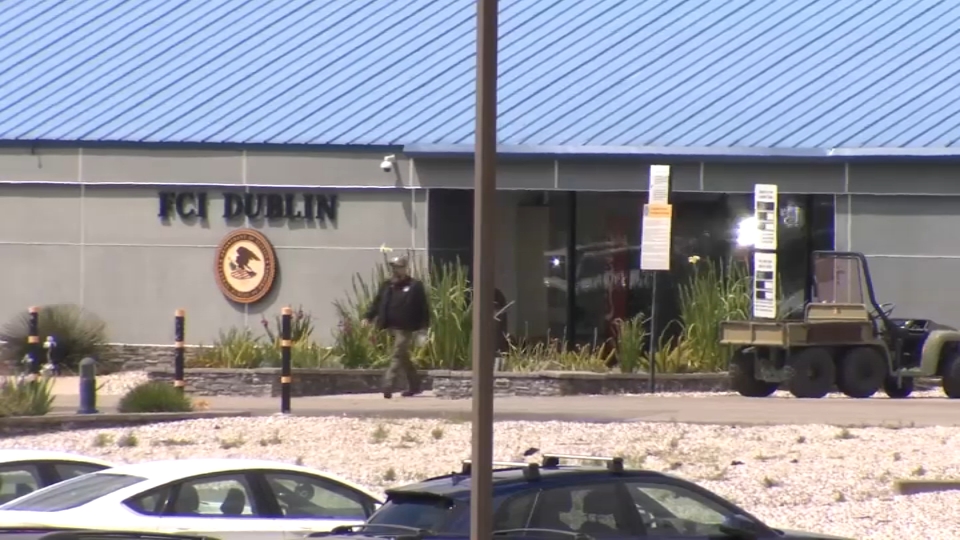Despite assertions from Chevron that large flames emanating from its refinery in Richmond Thursday night were normal, city leaders said Friday they were anything but.
On Thursday around 6:36 p.m., flaring at Chevron's Richmond refinery produced dramatic flames and what looked like smoke that were visible for miles. Chevron released an initial report on the incident Friday saying that the unplanned flaring incident occurred after a loss of cooling capability in a solvent de-asphalting unit led to a process upset. Flaring is used to burn off excess fuels and depressurize a unit.
"The safety devices worked as intended to preserve the mechanical integrity of the equipment, resulting in flaring," Chevron spokesman Braden Reddall said in a statement. "To minimize any further flaring, the unit was shut down following the shutdown procedure."
In a statement released earlier, Chevron officials said occasional flaring is "a normal and important part of keeping the refinery running safely."
Contra Costa County Supervisor John Gioia, who also serves on the BAAQMD board, described the event differently. "Clearly what happened was a significant flaring event," Gioia said. "I really take exception to Chevron's characterization of normal flaring."
Residents were not advised to shelter in place because no odors were detected and ground level fence line chemical monitors at the site did not register levels that would require it, according to Contra Costa County health officials.
https://instagram.com/p/wxdqQ_QyFrOfficials from the Bay Area Air Quality Management District said Friday that the agency has launched an investigation into the flaring incident.
Tom Flannigan, a spokesman for the BAAQMD, said the flaring process helps to contain and maintain safe practices at the refinery because the flaring burns chemicals at very high temperatures, meaning pollutants are mostly burned up before they are expelled into the air.
"Last night it seemed that the flares may have been larger than normal, so these flare systems are designed basically for the safe disposal of hydrocarbons that build up in the refining process," Flannigan said. "Our investigation will help us understand why the event occurred and then we'll be able to ascertain...what the concerns are."
Local
Gioia said anytime chemicals or hydrocarbons are being released into the environment, it poses a long-term risk to residents' health.
"While the emissions may not have risen beyond a particular threshold, that doesn't mean that long-term exposure to these emissions is not harmful," Gioia said. "Anytime there's a release like this that is not a good thing from a health standpoint because you always have to look at the culminated effect."
Richmond Mayor Gayle McLaughlin said she is calling on city and county officials to ensure an independent investigation takes place that is separate from Chevron's account. McLaughlin said she wanted to make sure the BAAQMD investigation does not rely on Chevron's root-cause report.
"(Chevron is) trying to downplay it but I think it's pretty obvious to everyone from the pictures and the huge amount of smoke that this was not a normal incident," McLaughlin said, adding she didn't want to leave it up to Chevron to do their own analysis.
McLaughlin said she also notified the U.S. Chemical Safety Board of the flaring incident. The federal agency is expected to present in January its third and final phase of an investigation into the 2012 fire at Chevron's Richmond refinery that resulted in thousands of people being hospitalized.
Initial investigations by the Chemical Safety Board into the 2012 fire revealed that a pipe at the refinery had corroded and thinned over time but wasn't identified as a safety hazard by Chevron employees. The city sued Chevron for what it called "willful neglect" from failing to conduct a rigorous review of the corrosion and associated safety risks.
"We want to make that a requirement of the lawsuit that their corporate culture changes to that they put the health and safety of our community before their profits," McLaughlin said. "They shouldn't be trying to avoid expenses so they can make profits at the expense of our health and safety."
Gioia said transparency, rather than assurances, would go a long way in rebuilding trust in the community. "Diminishing the incident does not help rebuild trust," Gioia said. "In my mind, they have diminished the incident. But trust needs to be reestablished with the company and that means being open and transparent."
County hazardous materials officials will review Chevron's report and the corrective action plan for the incident, county health officials said Friday evening.



